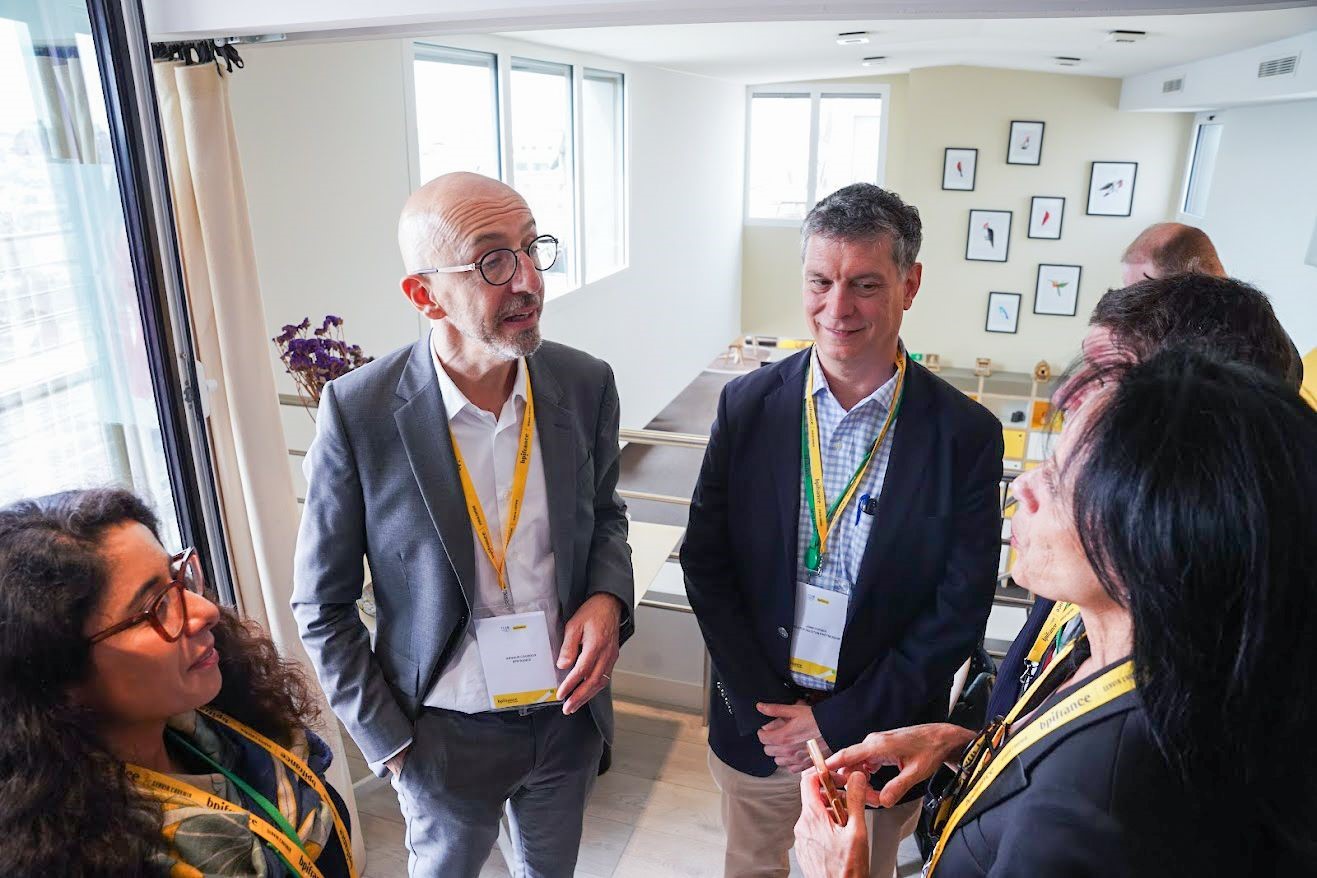Regions and Neighborhoods: Small-Town Charm with Big City Amenities in Tomball
Published Aug 02, 2021 by David Ruiz
Located about 30 miles northwest of Houston, Tomball continues to grow into a diverse and vibrant community while retaining a small-town feel. Once dubbed as ‘Oiltown USA’ in recognition of when the Humble Oil Company struck oil southwest of town in 1933, Tomball’s master-planned communities offer residents and visitors a contemporary quality of life nestled in a historic Texas town. We chatted with Kelly Violette, Executive Director at the Tomball Economic Development Corporation, about the city’s diversifying economy and successful growth.
How does Tomball contribute to the fabric of the greater Houston region?
Tomball blends an ideal mix of culture and commerce, representative of our vibrant region. It's a destination for industry and businesses to grow and thrive within a pro-business environment and an available, qualified workforce. Tomball is also a place where residents and visitors come to explore history and experience convenient amenities amid small-town charm.
What are some unique characteristics that really set this area apart?
With roots as a railroad hub in the early 1900’s, Tomball embraces its past and successfully merges that history with new progress. Lively Main Street in Old Town Tomball takes you back to a different era, as you enjoy modern day shopping and culinary creations in historic buildings, or celebrate more than 20 annual festivals, parades and events. Tomball’s distinct sense of community permeates the entire town. Businesses, residents, visitors and leaders collaborate together to enhance Tomball.
Describe the business community in Tomball. What are some of the most active industry areas?
Tomball’s business community is diverse and growing rapidly. Highlighted by distinct areas of industrial and commercial growth, the economic environment is welcoming for nearly every type of business. Top sectors in Tomball include retail, health care, manufacturing and education.
What attracts most businesses to relocate or expand in Tomball?
Led by a business-friendly atmosphere which includes low taxes and reasonable regulation, Tomball provides a welcoming environment with all the tools necessary for companies to succeed. Commercial and industrial hubs designed for modern businesses, new and expanded infrastructure improving access across the region, and a talented and robust workforce are all reasons why businesses continue to locate and expand in Tomball.
What’s been the biggest recent change that has propelled the efforts of the Tomball Economic Development Corporation?
The success of the Tomball Business & Technology Park has been critical for the Tomball Economic Development Corporation. The carefully designed 99.5-acre Park, minutes from Tomball’s major highways, is an economic engine with a diverse roster of businesses calling it home. The Park has recently experienced record land sales, with companies from across the world choosing the Park as their next home. Convenient to major transportation corridors, airports and Port Houston, product and workers flow freely to and from Tomball.
How has Tomball worked to meet the challenges presented by the COVID-19 pandemic?
Early in the pandemic, an initiative called “Tomball Together” was created to guide businesses and residents through the uncertainly of COVID-19. Through collaboration with our partners, stakeholders and local leaders, “Tomball Together” became an important resource for meeting challenges. TomballTogether.com [hyperlink] provides information on federal loan programs, small business resources, local health updates, remote working tools, and local restaurants and retail outlets serving the community.
In November 2020 and May 2021, Tomball hosted Ten Days of Tomball Together to rally the community and support local businesses hit hardest by the COVID-19 pandemic.
What are 4-5 signature spots to visit? Any hidden gems people need to know about?
The heartbeat of Tomball is in Old Town. Main Street has countless charming establishments where visitors can dine, shop, and explore.
Labeled a “foodie destination,” Tomball’s culinary scene has blossomed with several must-try spots. Visitors can also get a history lesson and enjoy interactive displays at the Tomball Railroad Depot. The area also features recently expanded parks and a trail system, nestled among nearly 600 acres of woods and preserve.
Tomball features more than 20 annual festivals and parades. For instance, Tomball’s fun and unique German heritage is celebrated during the Tomball German Heritage Festival in March and the Tomball German Christmas Market in December. Each welcome more than 50,000 visitors per year.
What’s the most exciting thing on the horizon for Tomball right now?
The expansion of the Tomball Business & Technology Park, planned redevelopment of South Live Oak Industrial park adjacent to Main Street Tomball, and investments in Old Town Tomball will continue to elevate Tomball’s gems. Paradigm Brewing is nearing completion of a 10,500 square foot brewery and restaurant in the Park, which will provide a unique offering for Tomball. Several other projects continue to see public and private investment leading to development in the heart of Tomball.
Excitement also surrounds the residential boom in Tomball. With more than 2,200 homesites planned or under construction, Tomball is attracting new residents with its desirable quality of life. Tomball’s population is expected to expand from around 12,000 to more than 20,000 by 2030. Including the area immediately surrounding Tomball, the area’s population is expected to crest above 100,000 within five years, endowing Tomball a qualified workforce.
What’s missing from the conversation about Tomball?
Innovation and entrepreneurship continue to thrive in Tomball. Homegrown businesses can be found throughout Tomball. The Tomball Economic Development Corporation has placed an emphasis on these efforts to strengthen the fast-growing entrepreneurial market in Tomball. Culinary incubators, entrepreneurship trainings and workshops, and creative coworking spaces are all being explored to meet the needs of innovators and entrepreneurs.
Learn more about Tomball and explore the greater Houston area.
 The Houston Report
The Houston Report



















